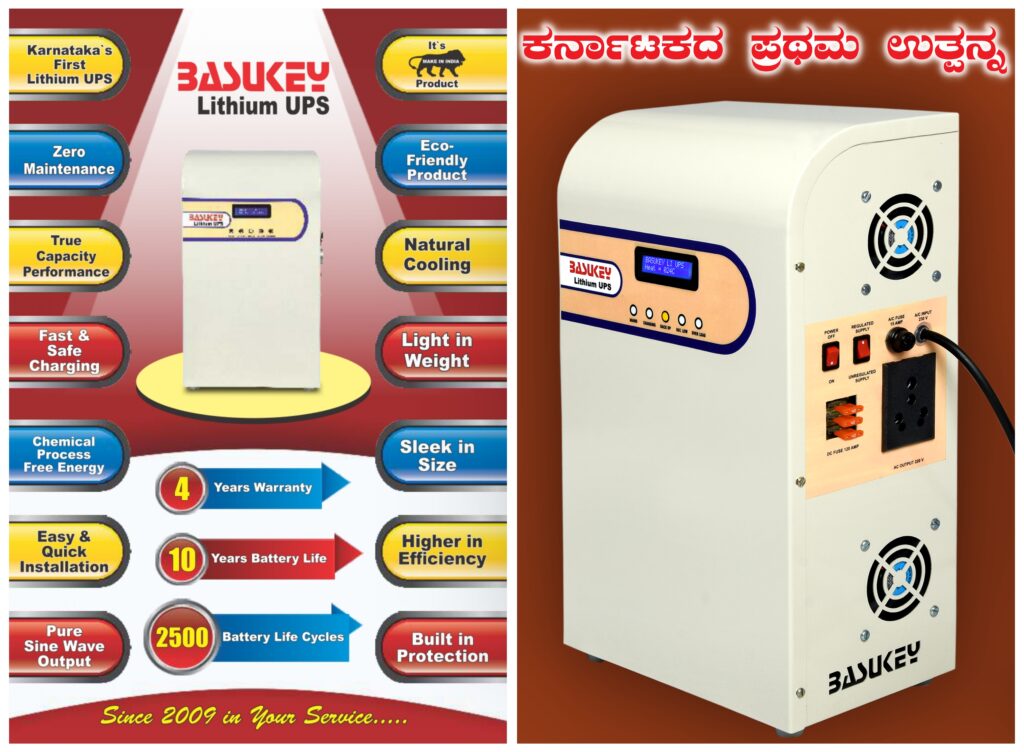Understanding Double-Conversion UPS vs. Line-Interactive UPS
Understanding Double-Conversion UPS vs. Line-Interactive UPS. When choosing an Uninterruptible Power Supply (UPS) for your devices, it’s essential to understand the differences between Double-Conversion UPS and Line-Interactive UPS systems. Both serve the same purpose: providing backup power during outages and regulating voltage, but they do so in different ways. Here’s a breakdown of both:
Double-Conversion UPS
Also known as a True Online UPS, this system provides the highest level of protection. In a Double-Conversion UPS:
- Continuous Power Processing: The input power is constantly converted from AC to DC, and then back from DC to AC. This ensures that all the power your devices receive is clean and stable.
- Pure Sine Wave Output: The output is typically a pure sine wave, which is ideal for sensitive electronic equipment like servers, medical devices, or high-end electronics.
- Protection: It provides excellent protection against surges, spikes, sags, brownouts, and even complete power loss. There’s no switch-over time in the event of a power failure, which is a huge advantage for critical systems.
- Efficiency: While reliable and protective, double-conversion UPS systems are less energy-efficient than line-interactive models because they are constantly converting power, which generates more heat and uses more energy.

Line-Interactive UPS
In a Line-Interactive UPS system:
- Power Regulation: This system uses a transformer with automatic voltage regulation (AVR). It corrects minor power fluctuations (like brownouts or voltage surges) without switching to the battery. Only during a complete power failure will it switch to battery backup.
- Efficiency: More energy-efficient than double-conversion systems because it doesn’t continuously convert power; it only adjusts voltage when needed.
- Protection: Offers good protection against power surges, voltage sags, and brownouts but not as robust as a double-conversion system. The output waveform is typically a simulated sine wave, which may not be suitable for all sensitive equipment.
- Switch-Over Time: The switch to battery is not instantaneous and may introduce a short delay in certain cases, making it less ideal for very sensitive equipment.
Summary of Key Differences
| Feature | Double-Conversion UPS | Line-Interactive UPS |
|---|---|---|
| Power Processing | Converts power twice (AC → DC → AC) | Only adjusts voltage when necessary |
| Output | Pure sine wave | Simulated sine wave |
| Protection | Best protection against all power issues | Good for minor surges/brownouts |
| Efficiency | Lower efficiency (higher power loss) | Higher efficiency (less energy loss) |
| Cost | More expensive | Less expensive |
| Suitability | Critical applications (servers, medical, etc.) | Non-critical devices, home offices |
Which Should You Choose?
- For Critical Applications (like servers or sensitive equipment): A Double-Conversion UPS would be the best choice due to its high level of protection and consistent power quality.
- For Non-Critical Applications (like personal computers, home offices, or small businesses): A Line-Interactive UPS is a more cost-effective option with sufficient protection for typical use cases.
